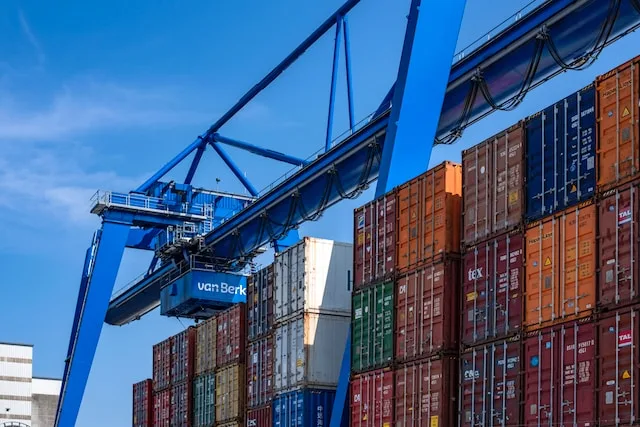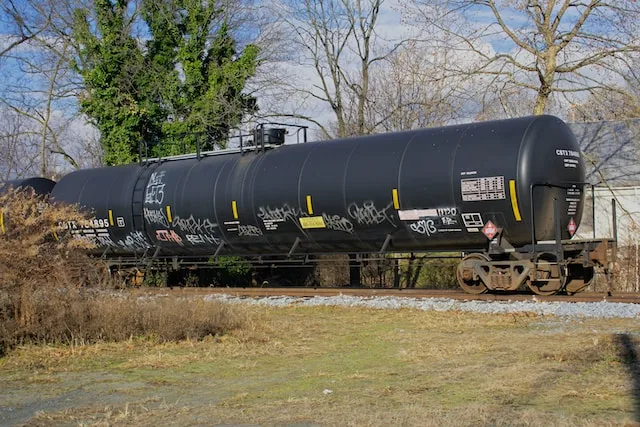How to Ensure the Safe Journey of Liquid Cargo

When it comes to the transportation of liquid cargo, the journey from origin to destination is often fraught with unique challenges. A delicate balance must be maintained throughout the entire process to ensure the cargo arrives intact and without contamination. Safety, efficiency, and regulatory compliance are key factors that must be considered, and meticulous attention to detail is essential. This guide aims to provide a comprehensive overview of how to ensure the safe journey of liquid cargo. Whether you are a logistics professional, a shipper, or simply curious about the intricacies of liquid cargo transportation, this document will equip you with valuable knowledge and insights.
To ensure the safe journey of liquid cargo, it’s crucial to monitor the DEF freeze point especially in cold weather conditions. Visit this blog to learn more about how to maintain the optimal temperature for DEF during transportation.
Understanding Liquid Cargo
Before we delve into the details of how to safely transport liquid cargo, it is important to have a basic understanding of what it entails. Liquid cargo refers to any material that is transported in its liquid state, such as oil, gas, chemicals, and food products. Unlike solid cargo, which can be stacked and secured in containers or on pallets, liquid cargo must be stored and transported differently due to its fluid nature.
Liquid cargoes are generally classified into three categories: bulk liquids, packaged liquids, and liquefied gases. Bulk liquids are typically transported in large quantities, in specialized tankers or containers. Packaged liquids, on the other hand, are smaller quantities of liquid that are packaged and transported using standard methods such as drums or bottles. Liquefied gases are gases that have been cooled and compressed into a liquid state for transportation.
The Crucial Role of Tanks and IBC Totes in Liquid Cargo Transportation
Tanks and intermediate bulk containers (IBCs) play a crucial role in the safe journey of liquid cargo. These specialized containers are designed to safely store and transport liquids, while also complying with regulatory requirements. Namely, IBC totes are used for smaller quantities of liquid cargo, while tanks are used for larger quantities. Tanks are large, often cylindrical containers that can hold thousands of gallons of liquid.
They are made from materials such as stainless steel, carbon steel, or plastic and are designed to withstand the pressure and weight of the liquid cargo they hold. Tanks are usually transported by rail, truck, or ship and can be used for both bulk liquids and liquefied gases.
IBCs, on the other hand, are smaller containers that can hold up to 330 gallons of liquid. They come in various shapes and sizes and are more versatile than tanks. IBCs are commonly used for packaged liquids and can be easily transported by truck or ship.
Ensuring Safety and Regulatory Compliance
The safe transportation of liquid cargo is essential to protect the environment, the cargo itself, and the people involved in its journey. This requires strict adherence to safety regulations and guidelines, as well as proper handling and packaging techniques.
One of the biggest risks when transporting liquid cargo is spillage. This can be caused by accidents, mishandling, or faulty equipment. To prevent spillage and contamination, it is crucial to properly secure the containers and regularly inspect them for any signs of damage. Additionally, proper labeling and documentation of the cargo’s contents are essential to ensure that all necessary safety precautions are taken during transportation. This is particularly important for hazardous materials as they require special handling and storage.
Furthermore, regulatory bodies such as the International Maritime Organization (IMO) and the International Air Transport Association (IATA) have strict guidelines for the transportation of liquid cargo. These regulations cover everything from packaging requirements to labeling and documentation, and all parties involved in the transportation process need to be familiar with them.
Efficient and Reliable Transportation Methods
Efficiency is also a key factor in the safe journey of liquid cargo. The transportation method chosen should be both time and cost-effective, while still meeting safety and regulatory requirements. For example, transporting bulk liquids by pipeline may be more efficient than using trucks or trains but may not be practical depending on the origin and destination of the cargo.
Similarly, choosing a reliable transportation method is crucial to ensure that the cargo arrives at its destination on time and in good condition. This may involve selecting experienced carriers with a track record of safe and timely deliveries or investing in specialized equipment such as temperature-controlled tanks for transporting perishable liquids.
The Role of Technology in Liquid Cargo Transportation
Technology has revolutionized the way we transport liquid cargo, greatly enhancing safety, efficiency, and compliance. For instance, GPS tracking systems enable real-time monitoring of cargo movements, ensuring timely deliveries and immediate responses to potential incidents. Similarly, advanced sensor technology allows for continuous monitoring of the cargo’s condition, detecting changes in temperature, pressure, or potential leaks. This data can be invaluable in preventing spillages, contamination, or damage to the cargo. Additionally, digitized logistics systems can streamline documentation processes, ensuring compliance with regulations and reducing the risk of human error. All these technological advancements aid in mitigating risks and optimizing the transportation process, making the journey of liquid cargo safer and more efficient.
In conclusion, the transportation of liquid cargo is a complex process that involves several key elements. From understanding the nature of liquid cargo and the role of tanks and IBCs, to ensuring safety and compliance, and leveraging technology for efficiency, each step requires meticulous attention and planning. By following the guidelines and insights provided in this comprehensive guide, logistics professionals, shippers, and those interested in the process can ensure a safe and efficient journey for liquid cargo. The importance of this cannot be overstated, as it not only affects the integrity of the cargo but also has significant environmental and safety implications. With the right knowledge, tools, and adherence to regulations, the challenges of liquid cargo transportation can be effectively navigated.


